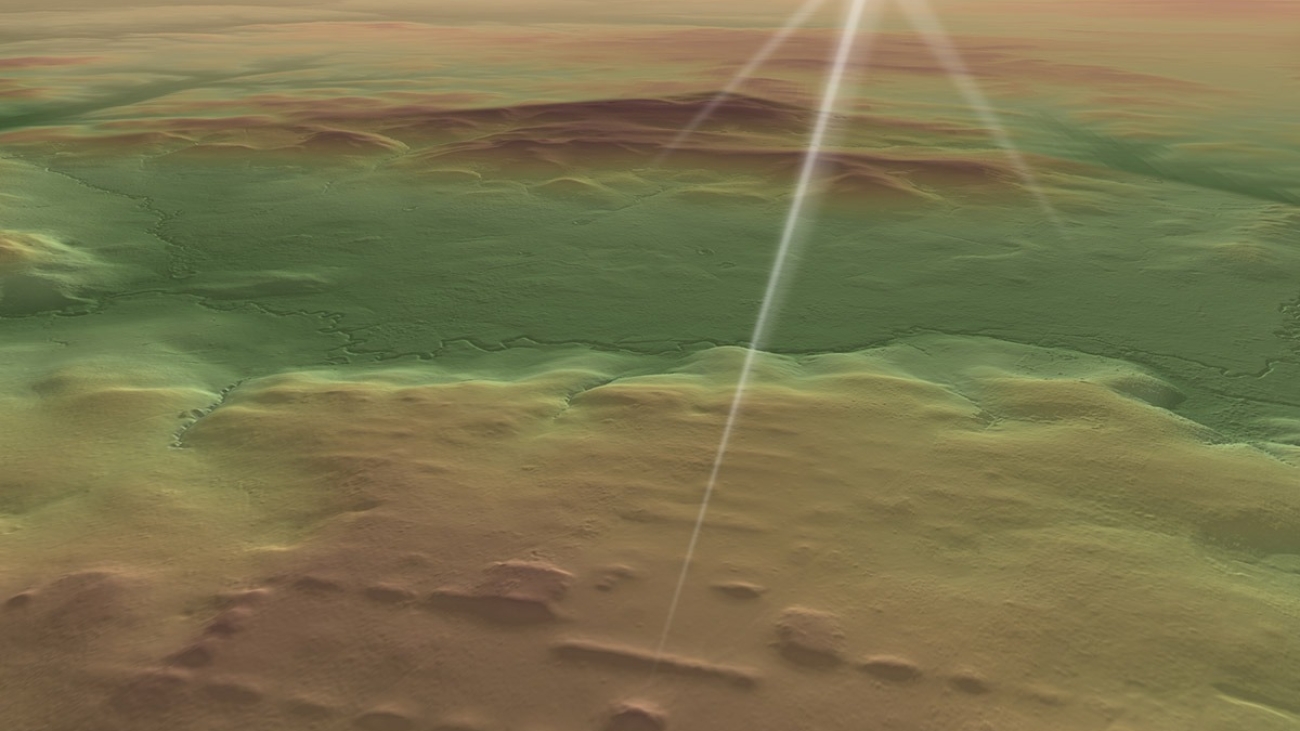The ancient Maya civilization, known for their advanced astronomical knowledge and impressive architectural feats, has long fascinated scholars and researchers. One question that has remained a mystery is the origins and age of the Maya calendar, a 260-day system used to track time and guide spiritual practices. A new study, published in the journal Nature Communications, suggests that the calendar may be much older than previously thought.
Using laser mapping technology, researchers were able to uncover new evidence that suggests the Maya calendar has been in use for over 3,000 years. The study, led by archaeologist Takeshi Inomata of the University of Arizona, focused on the western, volcano-ringed highlands of Guatemala, where the Maya K’iche’ community, an Indigenous group of about 1.6 million people, still use the 260-day calendar today.
The team used laser mapping technology to scan the ancient ruins of the city of San Bartolo, located in Peten, Guatemala. The scans revealed previously unknown structures that were built over 3,000 years ago, indicating that the Maya were using the 260-day calendar at that time. This evidence suggests that the calendar may have originated as early as 1100 B.C.E., centuries earlier than previous estimates.
The discovery is significant because it provides new insights into the development of ancient Maya society. The calendar was an integral part of Maya culture and played a key role in their religious beliefs and ceremonies. The fact that the calendar has been in use for such a long time suggests that it was important to the Maya for many centuries and may have played a role in the development of their complex society.
The study also has implications for understanding the origins of the Olmec civilization, which predates the Maya and is considered to be the mother culture of Mesoamerica. The Olmec civilization is known for its advanced knowledge of astronomy, and the new evidence suggests that they too may have been using the 260-day calendar for thousands of years.
The research team plans to continue their study, focusing on other ancient Maya cities in the region to uncover more clues about the origins of the calendar and its role in ancient Maya society. The new findings provide a glimpse into the rich history of the Maya civilization and offer a deeper understanding of their astronomical knowledge and spiritual beliefs.
While the discovery is significant, it also highlights the importance of preserving ancient ruins and Indigenous cultures. Willy Barreno Minera, an ajq’ij, or daykeeper and spiritual guide, from the Maya K’iche’ community in Quetzaltenango, still keeps watch over the skies using the 260-day calendar. Today, it is important to respect and preserve these Indigenous cultures and their ancient knowledge, and the new study offers a glimpse into the rich history of the Maya civilization and how it lives on today.
